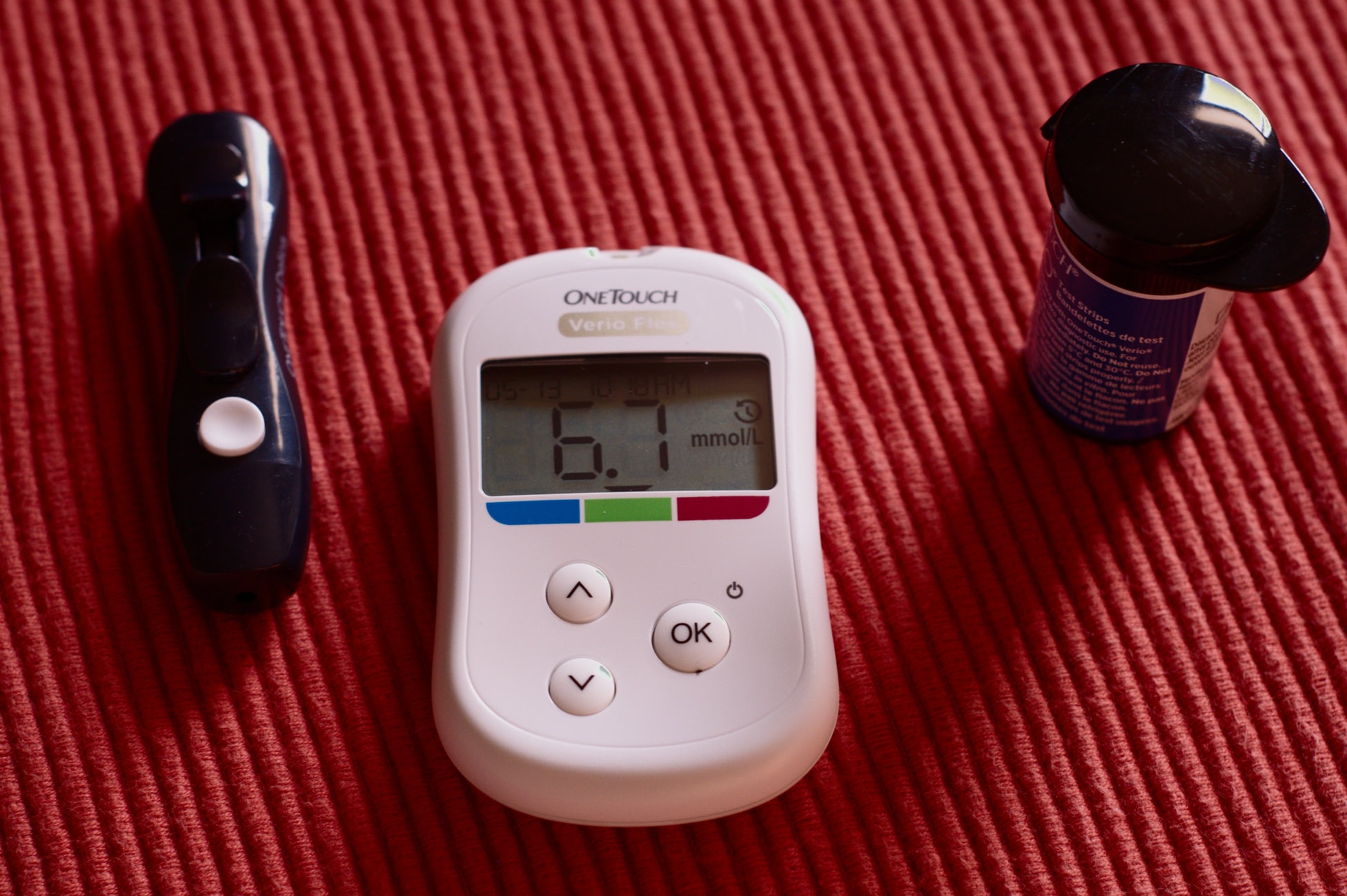Astragalus Radix is one of the common traditional Chinese medicines used to treat diabetes. However, the underlying mechanism is not fully understood.
Flavones are a class of active components that have been reported to exert various activities. Existing evidence suggests that flavones from Astragalus Radix may be pivotal in modulating progression of diabetes.
In this study, total flavones from Astragalus Radix (TFA) were studied to observe its effects on metabolism of bile acids both in vivo and in vitro. C57BL/6J mice were treated with STZ and high-fat feeding to construct diabetic model, and HepG2 cell line was applied to investigate the influence of TFA on liver cells.
We found a serious disturbance of bile acids and lipid metabolism in diabetic mice, and oral administration or cell incubation with TFA significantly reduced the production of total cholesterol (TCHO), total triglyceride, glutamic oxalacetic transaminase (AST), glutamic-pyruvic transaminase (ALT), and low-density lipoprotein (LDL-C), while it increased the level of high-density lipoprotein (HDL-C). The expression of glucose transporter 2 (GLUT2) and cholesterol 7α-hydroxylase (CYP7A1) was significantly upregulated on TFA treatment, and FXR and TGR5 play pivotal role in modulating bile acid and lipid metabolism.
This study supplied a novel understanding towards the mechanism of Astragalus Radix on controlling diabetes.






